12 Herbs And Spices That Start With H (You Should Know)
Herbs and spices have been used for centuries as a way to add flavor to food. More recently, it has become common knowledge that these plants can be just as beneficial medicinally. In this article, we will explore some of the most popular herbs and spices that start with H.
*Always practice caution, and consult with your doctor before consuming any natural herb or spice.
Table of Contents
Herbs And Spices That Start With H
Hawthorn
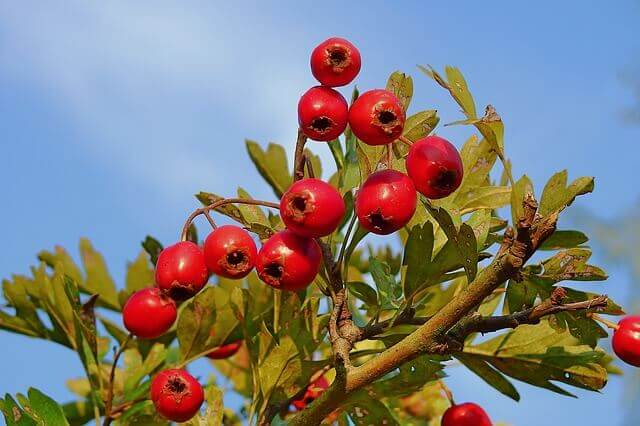
The hawthorn tree is a thorny shrub that typically grows anywhere from 2 to 8 feet tall. Hawthorn has small, white flowers that bloom in the springtime and red berries that ripen in the fall. The berries are edible and have a sweet/tart flavor. Hawthorn has a very long record of use as a medicinal herb.
It is believed to help improve heart health by strengthening the heart muscle, improving blood flow and preventing arrhythmias. Hawthorn is also thought to be helpful in treating conditions like hypertension, congestive heart failure and angina.
Hibiscus
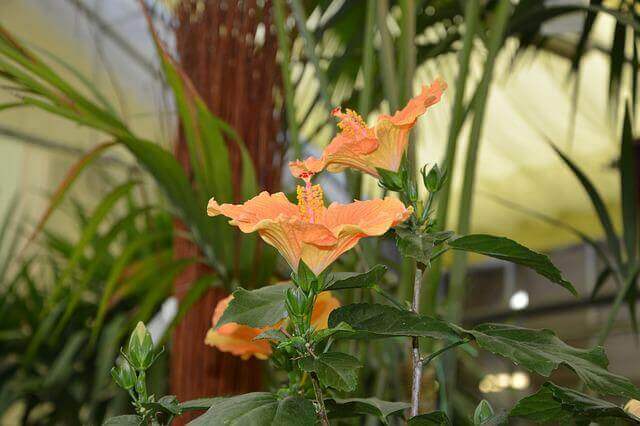
The hibiscus plant is a flowering vine in the mallow family, Malvaceae. It is a large and diverse group with over 200 species. The hibiscus plant is best known for its beautiful flowers, which can come in a wide range of colors including red, orange, yellow, white, and pink. The flowers are often used in arrangements and make popular garden plants. Hibiscus plants are also widely used for their medicinal properties.
Some beneficial compounds found in hibiscus plants include antioxidants, anthocyanins, and polyphenols. These compounds can help protect the body against disease and inflammation. Hibiscus tea is popular as a beverage enjoyed by many people for its health benefits. It is high in antioxidants and can help lower blood pressure and cholesterol levels.
Holy Thistle

Holy thistle, also known as blessed thistle, is a perennial herb that belongs to the Asteraceae family. The plant is native to the Mediterranean region, but can be found in other parts of the world as well. Holy thistle is a very bitter herb and is considered to be not edible. However, it has a number of beneficial uses.
The plant is used as a medicinal herb to treat a variety of conditions including liver problems, indigestion, and chest congestion. Holy thistle is also used as a natural remedy for boosting milk production in breastfeeding mothers.
Horny Goat Weed

The barrenwort plant, also known as horny goat weed, is a perennial flowering plant that is native to Asia and parts of Europe. The plant gets its name from the goats that are said to eat the leaves and stems of the plant and become sexually aroused as a result.
The barrenwort plant has been used for centuries in traditional medicine to treat a variety of conditions, including sexual dysfunction, anxiety, and fatigue. The plant is thought to work by increasing blood flow and relaxing the muscles. Recent studies have shown that the plant may also help improve cognitive function and memory.
Horehound
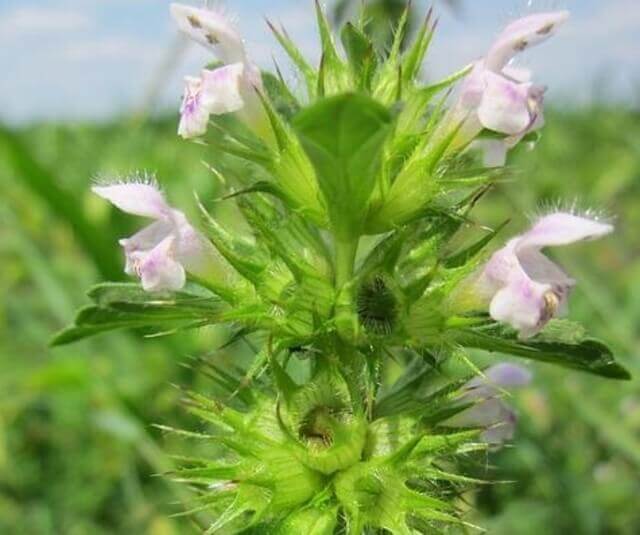
Horehound, or Marrubium vulgare, is a perennial herb that can be found in Europe, North Africa and Asia. The plant has been used for thousands of years for its medicinal properties. White Horehound is most commonly used as a cough suppressant and expectorant.
It is also effective in treating bronchitis, asthma and other respiratory conditions. White Horehound tea is a common remedy for upset stomachs and indigestion. The herb can also be used to make a tincture or infusion to treat bladder infections and other urinary tract problems.
Horse Chestnut
The horse chestnut (Aesculus hippocastanum) is a large deciduous tree found throughout the eastern and central United States. The tree can reach a height of 80 feet and has a spread of 40 feet. The leaves are opposite, palmate, and 18 inches in length. The flowers bloom in May, and they are typically white. The fruit is a spiny capsule that splits open to reveal two rows of shiny brown seeds.
The horse chestnut has been used for centuries as a medicinal plant. The bark, leaves, and seeds contain saponins which are thought to help improve circulation. The seeds are also high in fatty acids and sterols which are believed to be beneficial for the skin. Extracts from the horse chestnut have been shown to improve symptoms of varicose veins and hemorrhoids.
Horsetail
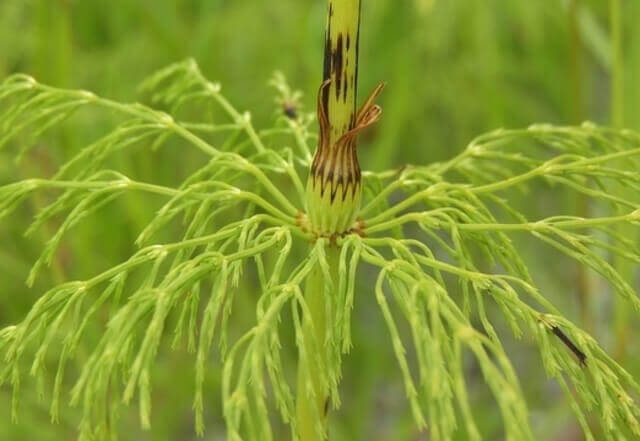
Horsetail is a plant that belongs to the Equisetaceae family. It is a perennial herb that has a thin, green, and jointed stem. The leaves are small and scale-like. The plant reproduces by spores that are released from the tips of the stems. Horsetail can be found in moist areas, such as near streams and in marshes.
Horsetail has been used for health-related purposes for hundreds of years. It is high in silica, which is beneficial for the hair, skin, and nails. Silica helps to strengthen these tissues and can help to prevent them from breaking or splitting. Silica also helps to improve circulation and has anti-inflammatory properties. Horsetail can be taken internally or applied topically to help with a variety of issues.
Hydrangea

The Hydrangea herb plant, scientifically known as Hydrangea arborescens, is a type of flowering shrub that is native to North America. The plant grows anywhere from 2 to 6 feet tall and has showy clusters of white flowers in the summer. The flowers are followed by clusters of blue fruit in the fall.The leaves of this plant are dark green and lance-shaped.
The Hydrangea herb has a long history of use by Native Americans for a variety of medicinal purposes. The fresh or dried leaves can be brewed into a tea to treat respiratory problems, such as bronchitis and asthma. The tea can also be used to treat urinary tract infections and bladder problems. Additionally, the tea is said to be helpful for treating varicose veins and other vein problems.
Hyssop
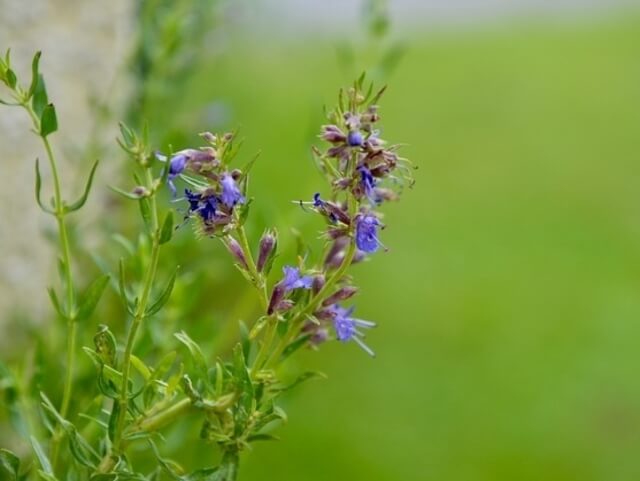
Hyssop (Hyssopus officinalis) is a bushy, perennial herb that is often used in culinary and medicinal preparations. The plant grows to a height of 1-2 feet and has small, blue flowers. The leaves have an aromatic taste and a bitter flavor.
Hyssop has been used for centuries to treat a variety of illnesses including respiratory infections, liver problems and digestive disorders. The herb is also effective in treating anxiety, stress and insomnia. Hyssop can be taken as a tea, tincture or capsule.
Henna
The henna tree is a small, evergreen tree that is native to North Africa and the Middle East, that typically grows to be about 25 feet tall. These leaves are often dark green, and it accents small white blossoms. The fruit of the henna tree is a reddish-orange drupe. The tree has been used for centuries in traditional medicine to treat a variety of ailments.
The leaves, bark and fruit of the henna tree are all rich in antioxidants and have been shown to have anti-inflammatory and anti-cancer properties. The henna tree is also a source of natural dye, which can be used to dye hair, skin and fabrics.
Spices That Start With H
Hops
Hops is a plant that is used in the brewing of beer. Hops have been utilized for this for centuries. The hops plant has a long history of use in traditional medicine as well. The plant is a perennial and grows best in temperate climates. It can be grown both indoors and outdoors.
The hops plant is a climbing vine and will grow up a support structure. The leaves are dark green and heart-shaped. The flowers are cone-shaped and yellow or orange. The cones are the part of the plant that is used in brewing beer. Hops contain bitter compounds that give beer its flavor. They also have medicinal properties.
Horseradish

Horseradish (Armoracia rusticana) is a perennial plant in the Brassicaceae family. It is a root vegetable with a sharp, pungent taste. The plant grows up to 1 meter tall, with smooth, green leaves and white flowers. The root of the plant can be consumed raw or cooked.
It is used as a condiment to add flavor to dishes such as roast beef, fish and potatoes. Horseradish has many health benefits, including: aiding digestion, boosting the immune system, and fighting inflammation.
Related Post:










